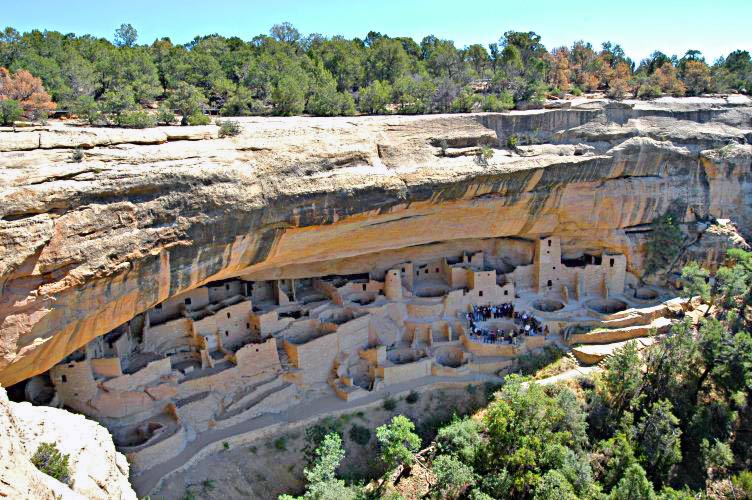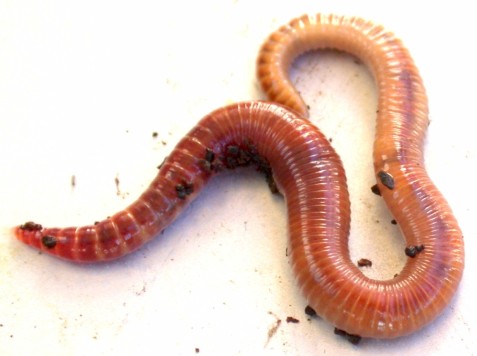The US Department of Agriculture (USDA) funds research on sustainable agriculture - up to $250,000 for multi-year projects. Most the Sustainable Agriculture Research and Education (SARE) grant pre-proposals were due 7/14, but the pre-proposals for the Northeast region aren't due for another couple of weeks.
I'd like to conduct a longitudinal study of how much the combination of a rocket mass heater and a subterranean heating/cooling system can extend the growing season, tracking temperatures and yields across numerous variables (USDA Zones, urban/suburban/rural, crops).
The bad thing is I'm a federal employee during the day, so I can only conduct this research (and apply for a grant) as an individual. There are various laws that prevent me from representing another entity in receipt of federal funds. And I don't know if they'd let an individual conduct research on the scale I'm interested in.
The other bad thing is I'm so close to the deadline, and others who might be interested in doing something along these lines are on vacation.
The good thing is a UN-published study showed the underground heat exchange system (UHES) or subterranean heating/cooling system (SHCS) increased yield by 50% compared to an equivalent greenhouse that lacked the subterranean heating/cooling technology. John Cruickshank shares his experience with UHES/SHCS at his SunnyJohn website, saying:
...you can expect to raise the soil temperature to 65-75F by the end of the summer. That is the soil temperature of all the soil in the greenhouse to a depth of 3 feet!! You can expect to keep it cycling in that range for 3 months after the summer season before it begins to discharge seriously. That represents an enormous influence on the zone above it. For a 30' by 20' greenhouse I believe that is in the neighbourhood of 75 tons of soil and represents several million BTU's of heat. How this all pans out for season extension is a guess, but I assure you, it will extend your season!! For Zone 4, we can grow Eliot Coleman style in simple hoop houses for 12 months of the year using just a SHCS. Adding insulated north walls, double skins, propane CO2 generators and tighter building envelope we can grow tropically well for 10 months.
So if we add a rocket mass heater during the winter, to add BTUs to greenhouse soil during the short winter days, I'm thinking it might be possible to enjoy "tropical" conditions year round in inexpensive hoop houses.
Anyway, let me know what questions you think USDA-funded research into integrated energy systems and aquaponics ought to answer!









